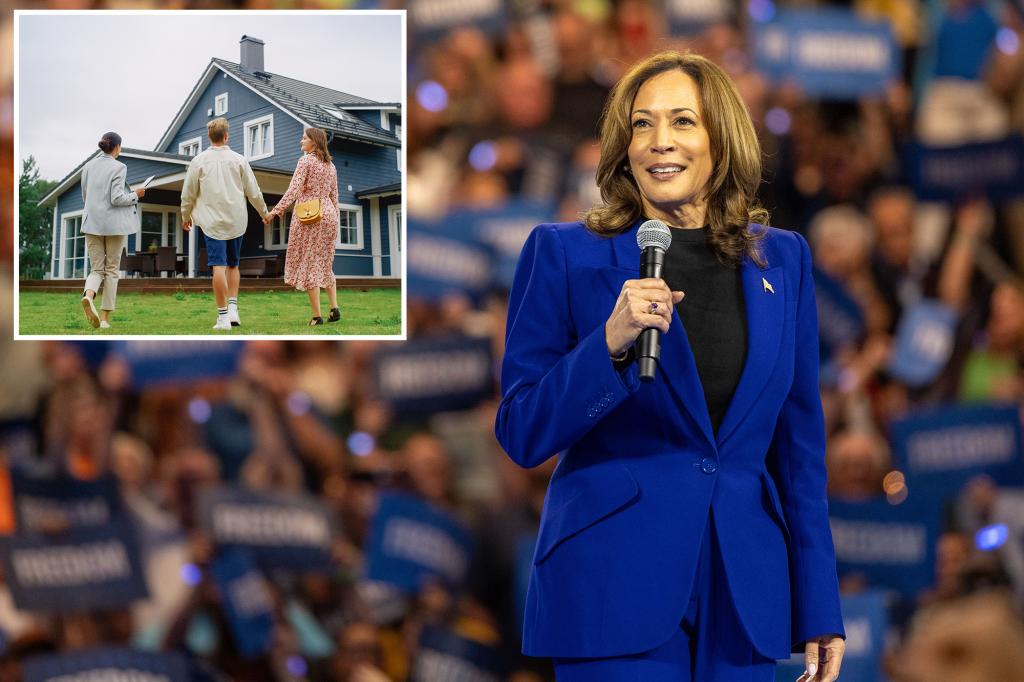Vice President Kamala Harris has proposed a set of housing policies that provide insights into what the housing market might look like under a Harris administration. One of her key proposals is to offer up to $25,000 in federal down payment assistance for first-time homebuyers who have been paying their rent on time for at least two years. This is a significant expansion from President Joe Biden’s prior proposal for a $10,000 tax credit for first-time buyers. Harris aims to provide assistance to up to 4 million first-time buyers over a four-year period, while also pushing for the construction of 3 million new housing units during her term.
The housing market in the United States has experienced a surge in home values that has made it difficult for many first-time buyers to enter the market. Harris’ plan aims to address this issue by offering down payment assistance, providing tax credits for builders incentivizing the construction of starter homes, curbs on investor purchases of single-family homes, and a ban on shared software platforms used by landlords to set rent which critics consider a form of price fixing. However, the proposed policies are estimated to cost $200 billion over four years and would require congressional approval.
Economists have raised concerns that Harris’ down payment assistance plan could backfire by further escalating home prices in an already heated housing market. Ken Johnson suggests that offering widespread down payment assistance would only worsen the current supply shortage issue and result in overpricing. Other experts, like Tai Christensen, president of down payment assistance provider Arrive Home, argue that the plan could be balanced with increasing supply and stimulating new construction through tax credits for homebuilders. The National Association of Home Builders supports Harris’ focus on increasing housing supply to tackle the affordability crisis.
The federal government has subsidized homebuyers in the past during times of crisis, such as the $8,000 credit for first-time homebuyers during the global financial crisis in 2009. However, the current housing market is experiencing an inadequate supply of homes to meet demand, leading to soaring prices. The focus on larger, more expensive homes over the past decade has contributed to this affordability issue. Harris’ plan aims to encourage the construction of more affordable starter homes by providing incentives for builders and buyers. Key questions about the program, such as eligibility criteria and distribution of funds, remain to be answered.
Harris’ proposals have sparked debate among economists and housing experts regarding the potential impact on the housing market. While some praise the plan for addressing homeownership opportunities for marginalized communities, others are concerned about the potential for further price inflation due to increased demand. The success of the plan will depend on the details of its implementation and whether it effectively balances demand with increased supply. As the housing market continues to face challenges, finding solutions that address affordability while stimulating construction will be crucial for ensuring access to homeownership for all Americans.


